Cockatoo-Inca (Lophocroa leadbeateri)

You can hear the other name of this large parrot - "Major Mitchell Cockatoo." These colorful birds inhabit the central and south-western Australia, where the reputation for being great lovers to eat: their menu includes capers, passion fruit, mango, papaya, papaya fruit, nuts, roots, seeds, herbs, flowers and insects.
Lobster Fairy (Lauriea siagiani)

It's beautiful, but fragile and timid creature known as "crab anomura" or "pink curtsying lobster," although he was a relative of the latter is not necessary. Lobster fairies live among the coral reefs, the Indian and Pacific Oceans.
Pink Grasshopper (Euconocephalus thunbergi)
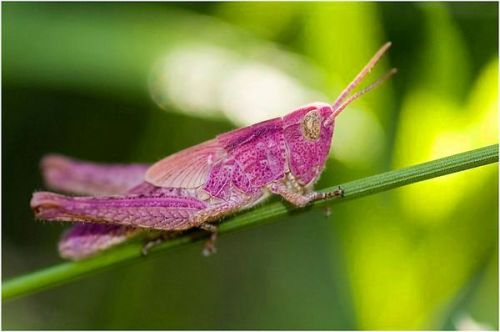
Glamorous cricket found another 1887, but the catch and how to learn it was not easy - pink genes are found only in one individual out of 500 normal green grasshoppers Euconocephalus thunbergi. Today, a similar color is considered an anomaly, and he is unlikely to help the insect hide in pink grass.
The pink iguana (Iguanidae Rosada)

For the first time these unusual reptiles were discovered in 1986 near the Wolf Volcano on the island of Isabella (Galapagos Islands). First, the find was of an albino, but a blood test confirmed that the researchers completely independent type of iguanas.
Strawberry Crab (Neoliomera pubescens)
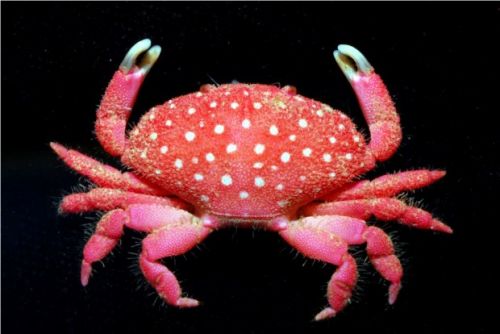
Open handsome variegated recently - in 2009, off the coast of southern Taiwan. 5-inch crab, everything else is covered with white spots - it is not for nothing called the "fly agaric sea!"
Pink hippopotamus (Leucistic hippos)
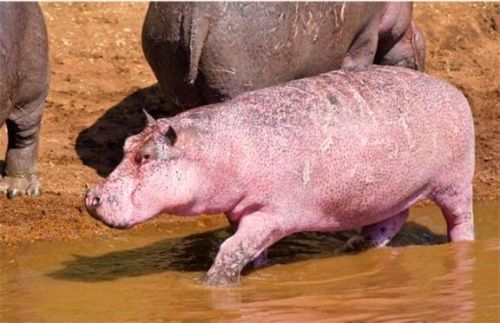
Proven fact: Pot all pink hippos, which helps the animal to protect the skin from ultraviolet radiation. However, some of them are particularly "pink", though rare Leucistic hippos, which is inherent in the lack of brown pigment in the skin.
Pink Flamingos (Phoenicopterus roseus)
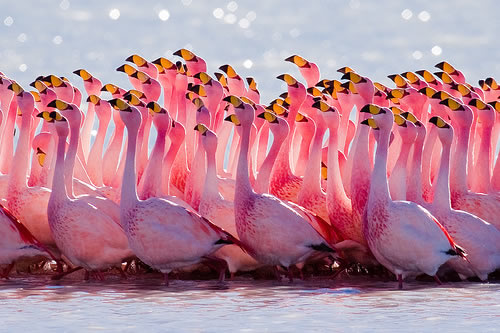
And as without the legendary feathered? We know that the nature of the white plumage of these birds, but it turns pink due to the special diet consisting of reddish crustaceans. In zoos, flamingos feed carrots as well, from which birds can get an extra beta-carotene. To be pale flamingo - still do not have a lush mane for the lion: the opposite sex will always choose bright pink partners.
Orchidaceous mantis (Latin Hymenopus coronatus)
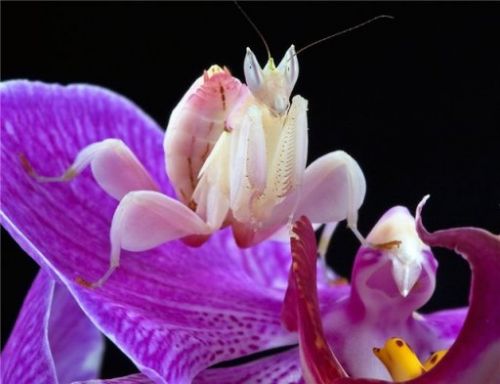
These skilled professionals camouflage live in Thailand and Malaysia, spending time on the flowers of orchids, or papaya production in anticipation of - of insect pollinators.
Starfish (Asteroidea)
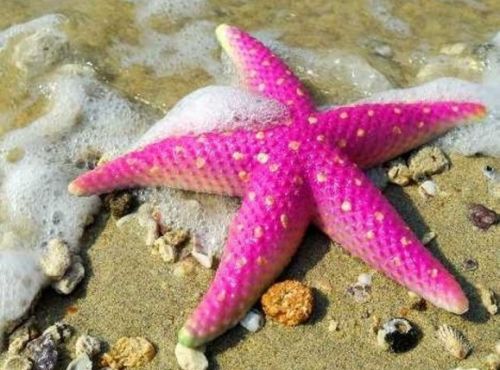
If you're not a photographer, diver, starfish seen in all the splendor of its colors is not easy - out of water waves, it quickly fades.
Minipigi (Sus scrofa domesticus)
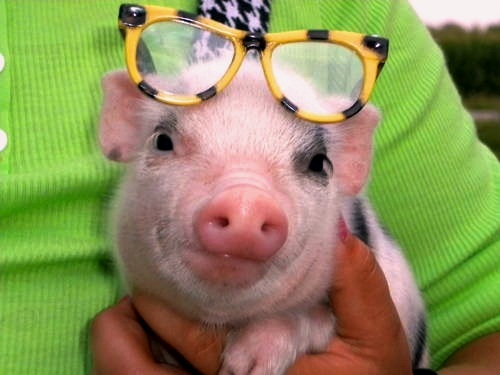
Funny pygmy pigs are not inferior intellectual capacity to cats or dogs, so have become popular pets in the world. Celebrities are also partial to pets, pigs - for example, George Clooney and Arnold Schwarzenegger.
Pink amphipod (Amphipoda)
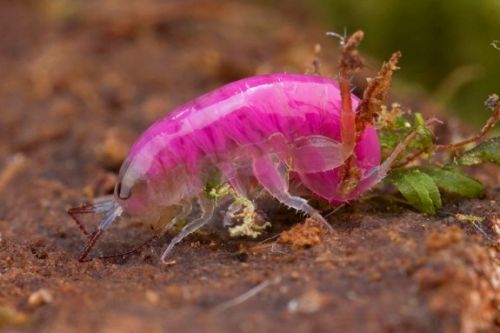
Amphipods (raznonogie, amphipods) - one of the higher orders of crayfish. Most of them prefer the aquatic environment, but the pink amphipod lives among wet litter and moss in New Guinea.
Pink Spoonbill (Ajaia ajaia)
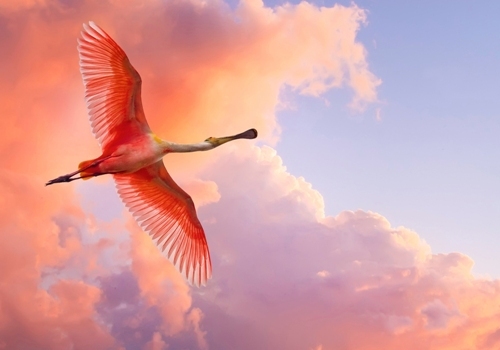
Beautiful bird feathers, inhabiting Cuba, South and Central America, have led to prosecutions graceful feathered - that's why, even today, the population size of pink spoonbills low.
Pink Dragonfly (Odonata)
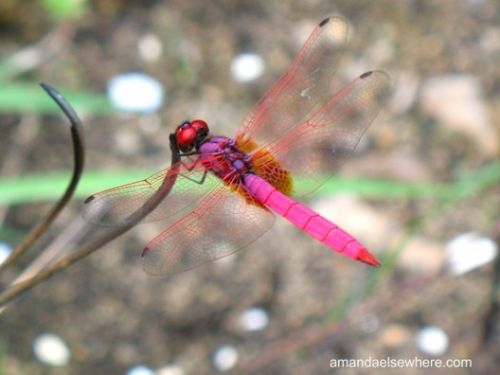
This fashionable "coquette" was photographed in Malaysia. Pink dragonfly eyes see in the infrared range, significantly helping her hunt for a different mosquito.
Pink seriatopora (Seriatopora hystrix)
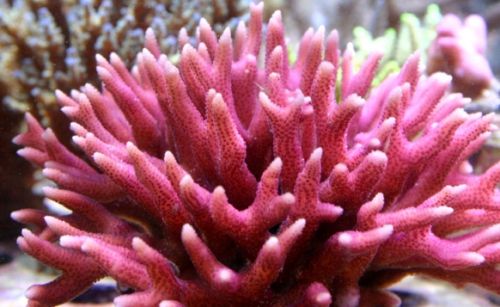
Very popular among fans of coral species, which is characterized by a large number of branches characteristic: they grow toward each other, and often coalesce. During this pink coral was nicknamed "Bird's Nest."
Amazon river dolphins (Inia geoffrensis)
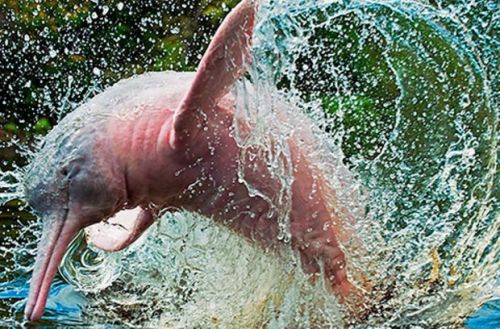
Unlike albino bottlenose dolphin, inii painted grayish-pink color due to natural skin pigment. The eyes of river dolphins is also unusual - yellow, which protects them from sunlight.
Gastropod (Margarites groenlandicus)
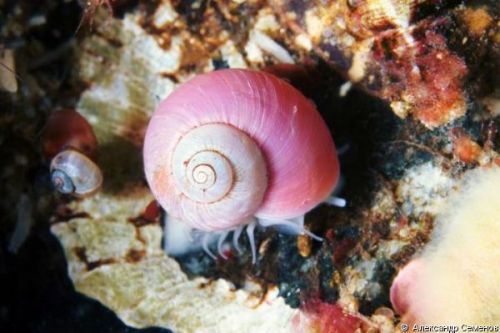
This snail - one of 90,000 species of gastropods class. Little Pink "house" of the clam can be found at shallow depths (3 to 50 meters).
Gala Cockatoo (Eolophus roseicapillus)
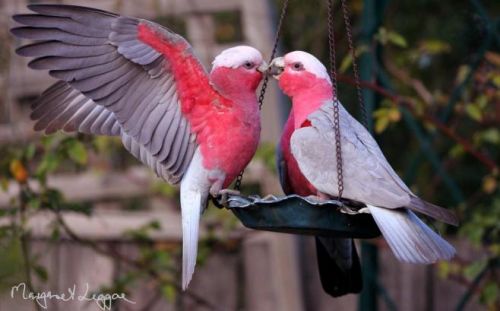
This parrot - native of Australia, who was overjoyed at the arrival of Europeans to the continent. In place of forest crops of the field appeared, and the creation of artificial watering was the last important condition that allowed a pink cockatoo significantly enhance their noisy series.
Brazhnik-pig (Deilephila elpenor)
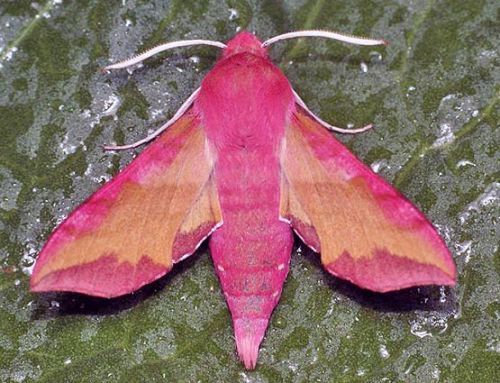
This strange name was rozovokrylaya butterfly, found in Siberia, Europe, Asia and northern Africa. It can be seen at dusk on the flowers of rhododendron, honeysuckle, willow-herb.
Ruff Marine Sailing (Taenianotus triacanthus)
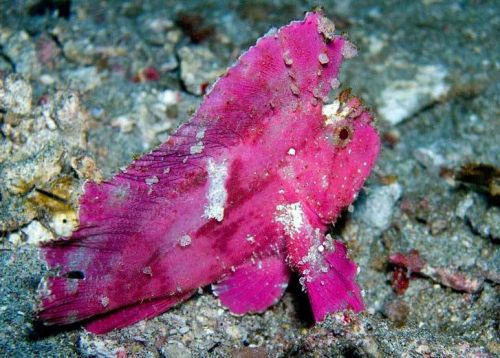
Even this ray-finned fish of prey are called "fish list" or "scorpion fish". Interested in it, mostly small crustaceans and fish.
Sphynx (bald cat)
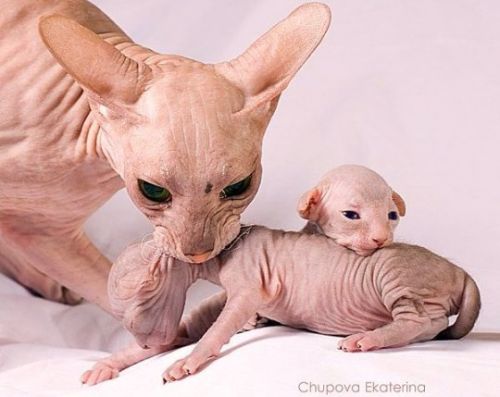
Due to the lack of hair that cats need to maintain a higher body temperature - 38-38,5 ° C, so they seem to feel hot. These "Kote" is not against the water treatment and are completely hypoallergenic.
Anemone (Actiniaria)
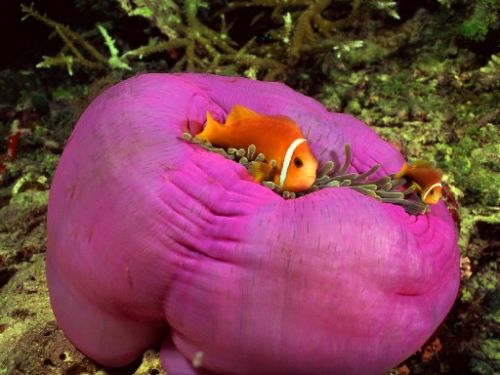
Anemones - the so-called "marine Chrysanthemum" - an animal without a skeleton of lime. However, the predators they are not afraid, because so much produce venom that can easily paralyze the prey or aggressor. The pink sea anemone that lives off the coast of Europe and Africa - one of the most dangerous, but the clownfish are not confused. These fish covered with a special mucus your body, so are the only ones who can live in close proximity to the sea anemone.
Spider-bokohod (Thomisus spp.)
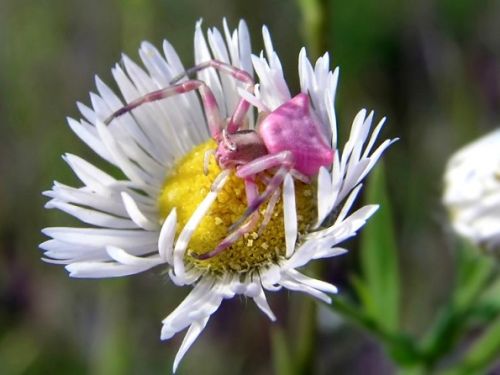
Or "spider crab" - but how else to call a creature that moves sideways? This type of spider spends most of his time on the variegated colors, waiting for prey. The first two pairs of legs are much longer and are pink hunter chief instrument of attack.
Moon jellyfish (Aurelia aurita)
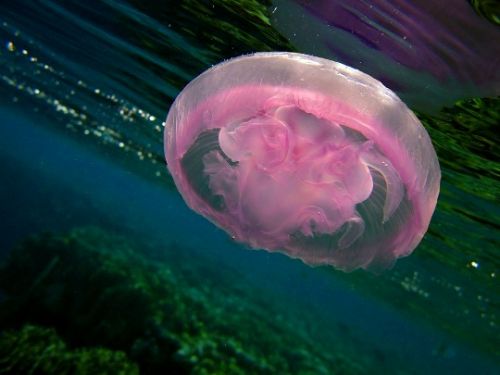
Aurelia, or long-eared, found in warm marine waters of temperate and tropical zones. Translucent pink dome gives the impression of her body helpless sissy - but not so! Their prey (small animals), a jellyfish paralyzes with thin, barely visible tentacles.
White Pelican (Pelecanus onocrotalus)
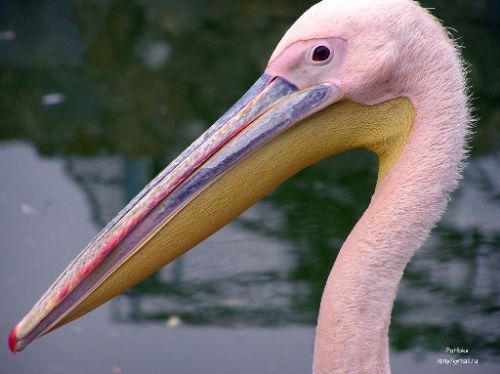
Males and females of the largest waterfowl in the Red Book of Russia, did not differ in color, but the young can be easily recognized by the humble white plumage (front bird species gain in the third year of life).
Pink cicadas (Phromnia rosea)
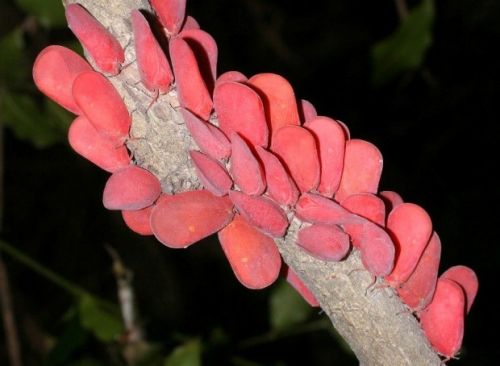
You look the part - not a flowering tree, not the exotic fungi settled on the wet bark. However, it should slap their hands - and the "flowers" zakruzhatsya in the air in search of a safer corner. This "natyurmrt" is not nothing but a collection of adult cicadas Madagascar, expertly mastered the art of mimicry!
Source of information www.facepla.net/index.php/content-info/photo-mnu/2145-25-rose-creatures










0 comments:
Post a Comment